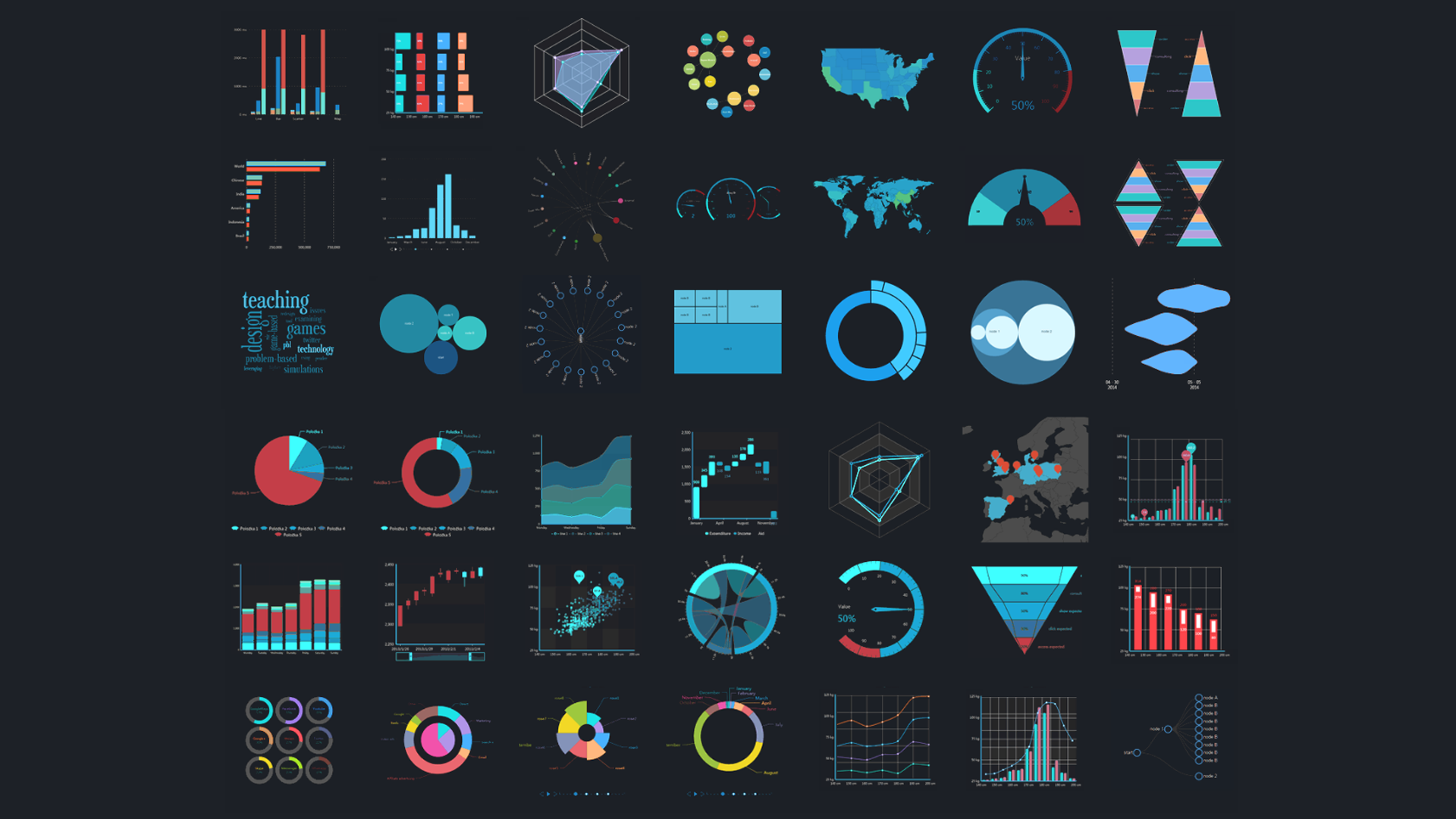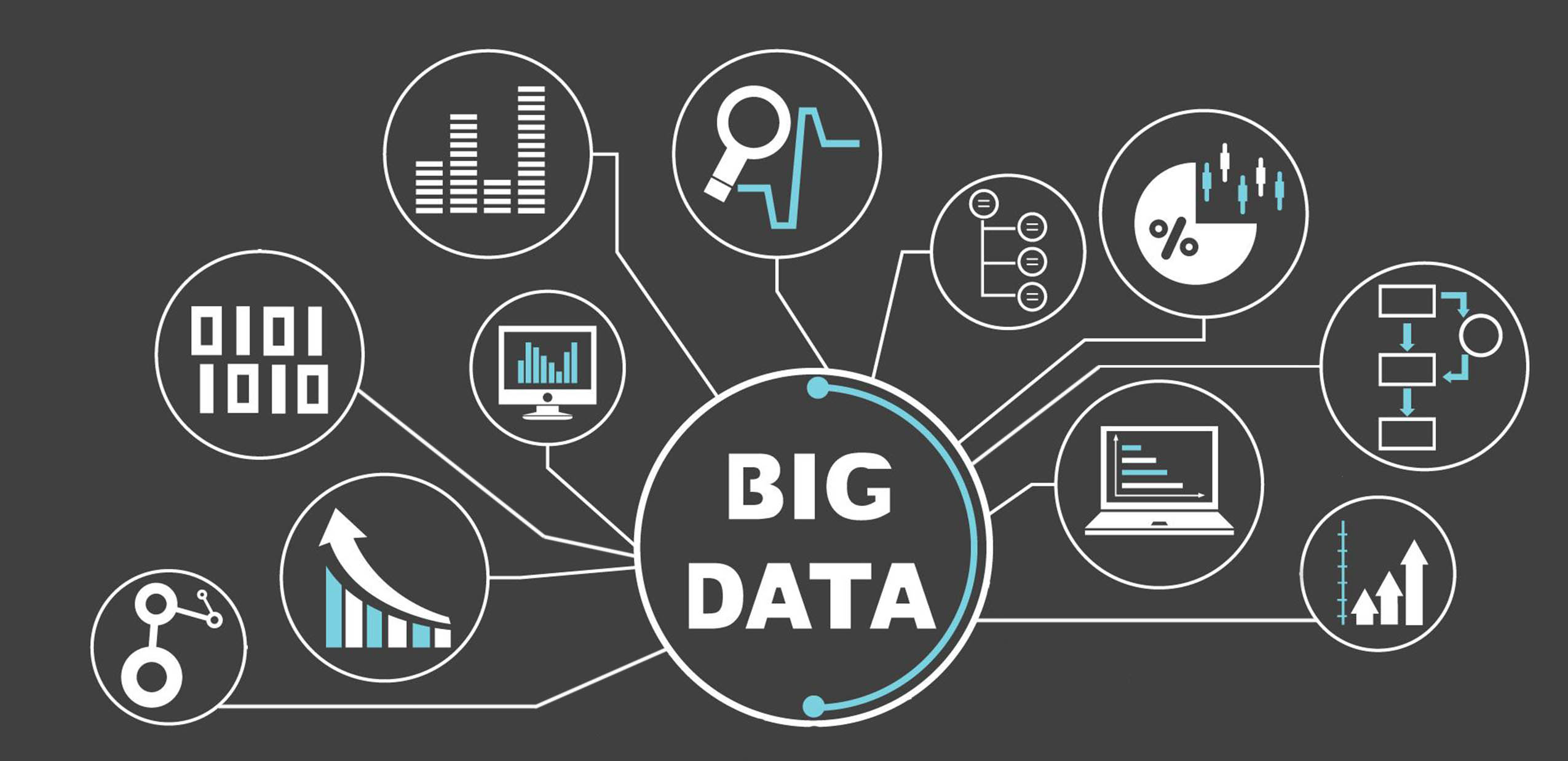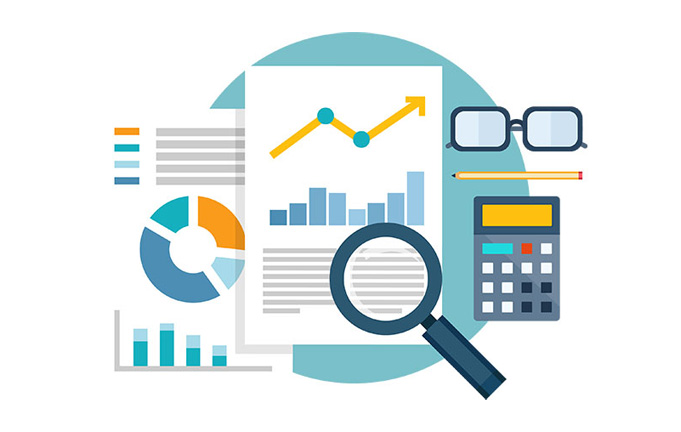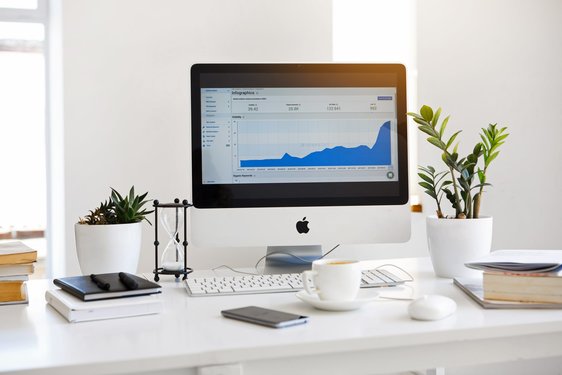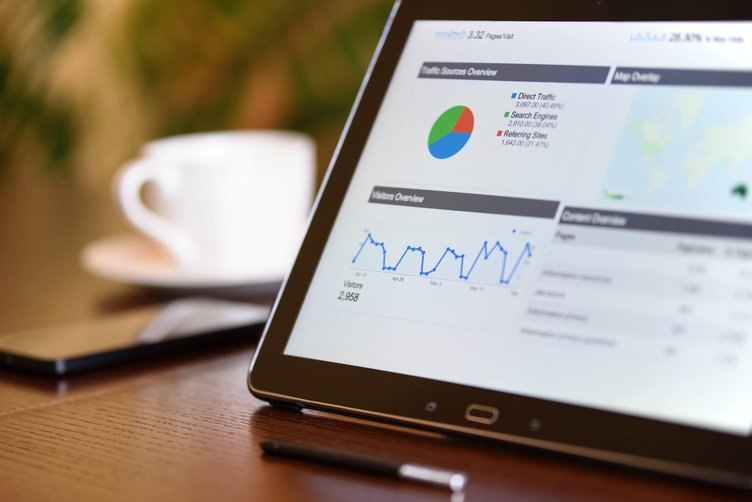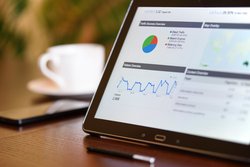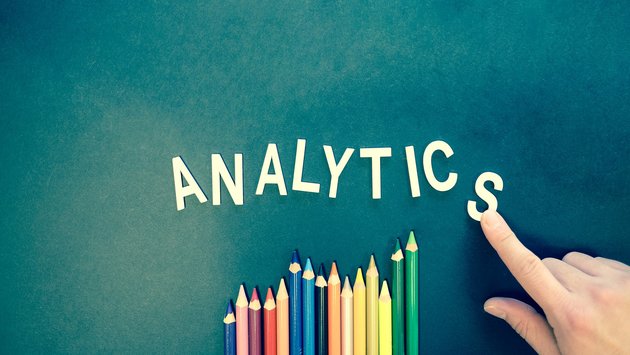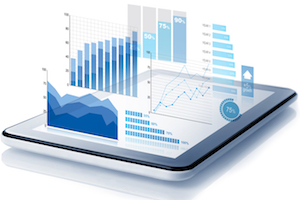There are four main types of data analytics. Each has its own use case, and a good business intelligence strategy will incorporate analysis of all four types. These types are descriptive, diagnostic, predictive, and prescriptive analytics.
These types of analysis can easily be split into two pairs. Descriptive and diagnostic analytics are focused on past and present data trends, while predictive and prescriptive analytics are focused on how data will trend in the future.
Descriptive and diagnostic analytics are important, but we've already written an article on them (which you can read here). While they're an important element of most effective BI strategies, they can be simplistic. They also often lack timeliness; they can tell a user how things trended in the past, and how things are trending right now, but they can only react to changes, not anticipate them.
Relying exclusively on descriptive and diagnostic analytics for a BI strategy is common among beginner BI users, but it has a few key problems. The most damaging problem with this sort of approach is that it's always playing catch-up - since it can only track past and present trends, users can't solve problems until they've already become problems.
This is where predictive and prescriptive analytics come in. These types of analytics use the data that a business has already collected and is collecting to predict future trends and suggest plans of action that will avoid problems. This is extremely useful for businesses, and can help them to build an effective analytical strategy.
But it's not as simple as just setting predictive analytics to 'on' in a BI tool. There's a huge variety of techniques and strategies underneath the prescriptive and predictive analytics umbrella, and implementing those types of analytics is much harder than it seems.
To build an effective analytical strategy, businesses need to be aware of what predictive analytics and prescriptive analytics are, what sort of strategies they can leverage from them, and how they can be used to drive business success.
Predictive Analytics
Predictive analytics focus on using the data that's already been generated to make predictions about how that data will trend in the future. Using statistical techniques that determine the probability of changes in the data, data analysts can build analytical models for making predictions.
One of the most basic uses for predictive analytics is forecasting. Data analysts take an already existing data set and, using statistical models, forecast what that data set will look like in the future. It's fair to say that any business that plans on operating in the future can benefit from forecasting.
Businesses can then use these forecasts to plan ahead for the future. At its most simplest, businesses often use revenue projects to plan future budgets and justify capital expenditures. Other situations might call for other actions, like a forecasted budget drawdown provoking budget cuts and layoffs.
One important element of forecasting is that it doesn't necessarily recommend a plan of action, it just forecasts what's most likely to happen. Decision makers then need to use their own judgment to find the best plan of action.
For example, a forecast might suggest that demand for a given product will decline over the next few months. One business might decrease production of that product, anticipating less demand. Another might increase the marketing budget for that product, to counteract the effects of lower natural demand.
Predictive analytics don't suggest a concrete path forward; instead, they just inform decision makers on how their data is most likely to trend in the future. The biggest challenge that businesses have with predictive analytics is knowing how best to react to the predictions it generates.
Businesses can also use predictive analytics to perform 'what-if' modeling. With this technique, analysts compare the trends of two or more different data sources, and then attempt to project how a change in one data set might affect the others.
For instance, a business might want to institute a hiring freeze due to the cost of acquiring new talent. With what-if modeling, that business can see the effect of that hiring freeze on their budgets, but also its effect on other related statistics like turnover and productivity.
Predictive modeling is only as valuable as the data used to feed it. For effective predictions, data analysts need as much historical data as possible. The more data that they have to feed into the model, the more accurate the model will be. If an analyst has to run a model off of a smaller data set, the predictions it makes will be less accurate.
These are just some of the more common use cases for predictive analytics. Businesses can make use of predictive data techniques in all sorts of different situations. They shouldn't feel limited to just the examples listed here.
For example, predictive models can help drive e-commerce sales. It's very common to see banners or pop ups on online stores that recommend products to customers based on the products already in their cart. These suggestions are powered by predictive models, which look for items that are commonly bought together and assume that if a customer is buying one, they'll be likely to buy the other.
In short, predictive analytics help businesses to make predictions, but don't provide any insight into what to do with those predictions. Used correctly, predictive analytics can be a valuable tool, but it takes a good business sense to actually take advantage of the predictions that it generates.
Prescriptive Analytics
Prescriptive analytics represents the next step beyond predictive analytics. Many businesses use predictive analytics in dozens of different ways, but don't perform prescriptive analytics at all.
With prescriptive analytics, predictive models can suggest the most successful plan of action, and forecast the consequences of any choice made. They allow businesses to algorithmically generate solutions to their anticipated problems.
With basic predictive models, decision makers have to choose for themselves what the best plan of action is. In a complex business situation, there may be dozens of different strategies that decision makers can implement to solve a problem. With regular predictive models, there's no way to know which solution will solve the problem most effectively.
Through prescriptive analytics, business leaders actually can forecast the consequences of each business decision that they make. They can model their decisions and find the one that best solves the problem at hand.
For example, a business might forecast a drop in demand for their product over the next three months. A business leader might need to decide between decreasing production in anticipation of this decreased demand, or boosting marketing to prevent this drop. Prescriptive analytics can help guide that business leader to the correct answer.
Maybe decreasing production will have knock-on effects that will end up costing the business more than they'll save. Perhaps there's no latent demand for the product, so increasing the marketing budget won't change anything. Prescriptive models help business leaders to see these unforeseen challenges before any decision is made.
Prescriptive models can also bring a precision that business leaders can't match. Algorithmic models can find the exact correct amount of changes to be made, while business leaders have to use blunter tools.
For example, business leaders might decide that raising ad spend 15% will lead to the most cost-effective rise in conversion rates. Using a prescriptive model to analyze the relationship between ad spend and conversion rates, though, they may find that the best strategy is to raise ad spend exactly 11.78%.
At many businesses, this added precision will often go completely unnoticed. At enterprise-scale organizations, though, changing just a few decimals on a percentage point can lead to millions of dollars of new revenue, making precise prescriptive models very valuable.
Using Predictive and Prescriptive Analytics for Business Success
Predictive and prescriptive analytics make up a large part of a well-rounded analytics strategy. In conjunction with descriptive and diagnostic analytics, businesses can use them to build an extremely precise statistical model of how their data has moved in the past, how it's moving right now, how it will move in the future, and what to do about it.
Businesses that want to access powerful analytics need a powerful BI tool to do so. Not every BI tool can handle the sort of analysis that businesses want nowadays. Some tools are focused on just descriptive and diagnostic analytics. Others allow for predictive analytics, but don't prioritize prescriptive analytics.
Those looking to invest in a BI tool need to be careful. If they don't do their research and select a tool that meets their needs, they can end up with a tool that's a bad fit for their situation. Even worse, it might not have all of the analytical features that they're expecting to get out of their tool.
Most market-leading tools can help businesses to perform predictive and prescriptive analytics. Both are fairly resource-intensive activities, so smaller, less powerful tools might not offer them as a feature.
To find a tool that can meet all of your business analytics needs, contact us today. Our team of experts can connect you with the tool that'll best fit your needs in a quick, no-cost, no-obligation consultation. We'll work with you to help find the best tool possible.



